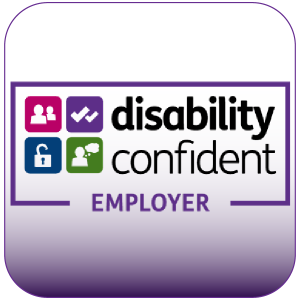The recruitment market is a challenging place in which to operate at the moment. A variety of factors, many worsened by the pandemic, have combined to form a perfect storm of issues for businesses to overcome. Our Resourcing and Talent Planning Report 2022, delivered in partnership with the CIPD, looked into these challenges and identified key problem areas for hiring teams to tackle.
Widespread problem
In what won’t be surprising news for many in recruitment, 77% of respondents to the report found that they experienced difficulty with hiring experienced candidates, a significant increase on 49% from 2021. Filling senior and skilled roles was reported as the single biggest recruitment challenge, however hiring anyone seemed to be a major issue across the board as over a quarter had difficulty hiring low-skilled candidates, suggesting that the issue is a supply-led one. Some reports have suggested that the candidate market could be experiencing the knock-on effects of national economic challenges, with professionals less likely to leave their roles for fear of further turmoil in the markets leading to additional uncertainty.
Training is the answer
Many organisations are turning to their learning and development opportunities to address their hiring challenges, most commonly through upskilling employees which 60% of companies suggested was their key method of filling positions. 54% had offered greater flexibility to external candidates and existing employees, while more firms are offering better pay and/or benefits in order to recruit the employees they need, with 36% reporting this as a solution, up from 29% last year. Creating graduate programmes and mid-career/career-returner programmes also ranked highly with 37% and 28% looking longer term with their hiring.
When surveyed in 2021, under half of responding organisations said they had experienced challenges attracting ‘suitable’ candidates. However, alarmingly this year the figure has climbed to 77%, with the most acute issues being felt at senior and c-suite level. Equally, there has been a big drop in the proportion of firms saying they have an excessive number of applicants to process, highlighting how the market is shifting, with just 17% saying this was a current issue, down from 31% in 2021.
Just over one in four (26%) organisations had experienced onboarding issues in the past 12 months, a 6% drop on 2021 and probably aided by the lifting of covid restrictions. Many also reported that the roll out and delivery of flexible and hybrid working practices posed major challenges, particularly with the onboarding of new employees.
More money, fewer problems
What other methods are organisations using to tackle the varied and seemingly widespread recruitment challenges? The leading answer seems to be the most obvious with 36% saying offering more pay has helped them to recruit, an 8% increase on last year. This was more common in the private sector with 45% saying this was their number one method, 13% in the public sector and 28% of not-for-profits. These findings align with those from the CIPD Good Work Index which found that pay and benefits were the key reason for why people leave their roles. One of the more surprising findings was that only 27% of employers are targeting passive candidates, highlighting degrees of immaturity in recruitment processes and the need for investment in hiring training and technology.
It’s clear from reviewing the findings in our report and from speaking to a range of organisations from across the public, private and not-for-profit sectors that hiring challenges are widespread, and are creating major challenges for businesses looking to deliver on their long-term strategies. The ONS recently reported that demand for workers is now outstripping labour supply for the first time in 50 years, and there appears to be no obvious solution on the cards anytime soon, as ISE data shows that apprentice and graduate vacancies are now higher than pre-pandemic levels. In addition, the number of professionals switching careers entirely has increased by 24% year-on-year, highlighting the fact that this is a truly candidate-led market. And, in times of great difficulty, employers must knuckle down and find creative solutions to help them source the people they need or else they risk falling behind their competitors. If you would like to find out more about some of the recruitment challenges facing businesses in 2022, take a look at our Resourcing and Talent Planning Report.




